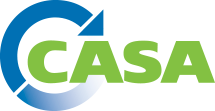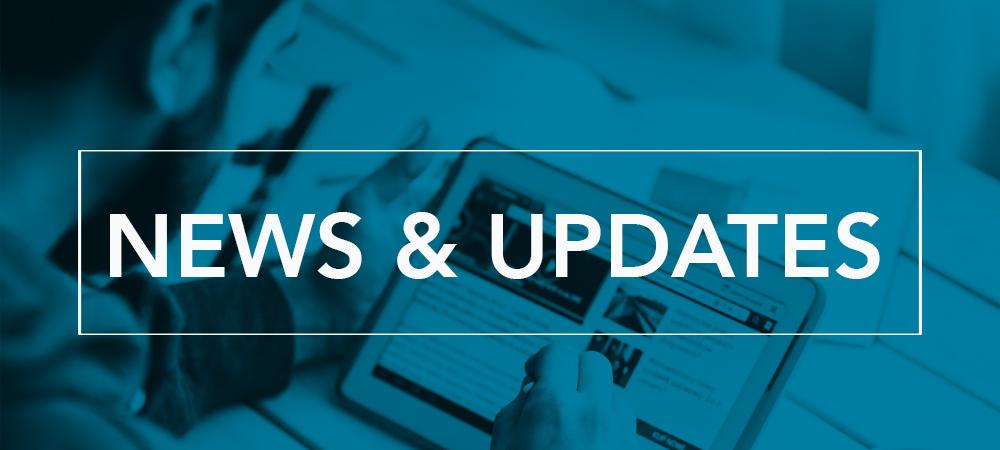 On May 14 Governor Newsom released his May Revision of the 2020-21 Budget. The “May Revise” traditionally is released a month after the income tax deadlines and reflects changes to revenues and any additional adjustments to existing funding based on newly identified needs. This year, however, the May Revision was a total overhaul of the January budget proposal. In a stark contrast to the fiscal climate in January, when the state was managing a $7 billion budget surplus, the economic forecast in the wake of the coronavirus pandemic projects a $54 billion budget shortfall, which must be addressed in a balanced budget to be approved by June 15. Accordingly, the budget process will be unique this year, and the Governor has proposed a variety of maneuvers to close the gap and balance the budget, including:
On May 14 Governor Newsom released his May Revision of the 2020-21 Budget. The “May Revise” traditionally is released a month after the income tax deadlines and reflects changes to revenues and any additional adjustments to existing funding based on newly identified needs. This year, however, the May Revision was a total overhaul of the January budget proposal. In a stark contrast to the fiscal climate in January, when the state was managing a $7 billion budget surplus, the economic forecast in the wake of the coronavirus pandemic projects a $54 billion budget shortfall, which must be addressed in a balanced budget to be approved by June 15. Accordingly, the budget process will be unique this year, and the Governor has proposed a variety of maneuvers to close the gap and balance the budget, including:
- Canceling $6.1 billion in program expansions and spending increases;
- Drawing down $16.2 billion in the Rainy Day Fund over 3 years;
- Borrowing/transferring $4.1 billion from special funds;
- Temporarily suspending net operating losses and temporarily limiting the amount of tax credits available to taxpayers, which will generate $8+ billion over three years for schools and other core services
- Federal funding contingency trigger: makes several additional cuts subject to a “trigger” contingent on the federal government delivering additional relief funds.
The revised budget has been termed a “workload budget,” meaning it is a baseline budget intended to fund existing programs and includes no new programmatic spending. This streamlining will limit the need for extensive budget subcommittee hearings typically required for approval of new funding proposals. The Legislature and Administration have indicated that special funds like the Greenhouse Gas Reduction Fund (GGRF) will be dealt with in August, and there will be an additional “August Revision” of the budget later this summer after the delayed income tax deadline on July 15.
Of particular interest to CASA members, the Cap & Trade revenue expenditures (GGRF) proposal will carry over from January. However, because of the economy and recent emissions reductions due to the shutdown, it’s unclear what the next several auction revenues will look like. The Governor is proposing enacting a pay-as-you-go model moving forward, and prioritizing the AB 617 Community Air Emissions Program, Forestry, and Safe Drinking Water for GGRF funding. Departments receiving GGRF are directed to prioritize non-discretionary costs, such as salaries and wages, and any remaining auction proceeds would be allocated to other programs proportionally.
Additionally, the May Revision rescinds the Climate Catalyst Fund proposal for the year, noting the significant decline in revenue. The Administration also rescinded its proposed resources bond, citing concerns over accumulating additional bond debt. It remains to be seen whether the Legislature will pursue a resources bond measure independently without the Administration’s backing.




 @CASA_CleanWater
@CASA_CleanWater